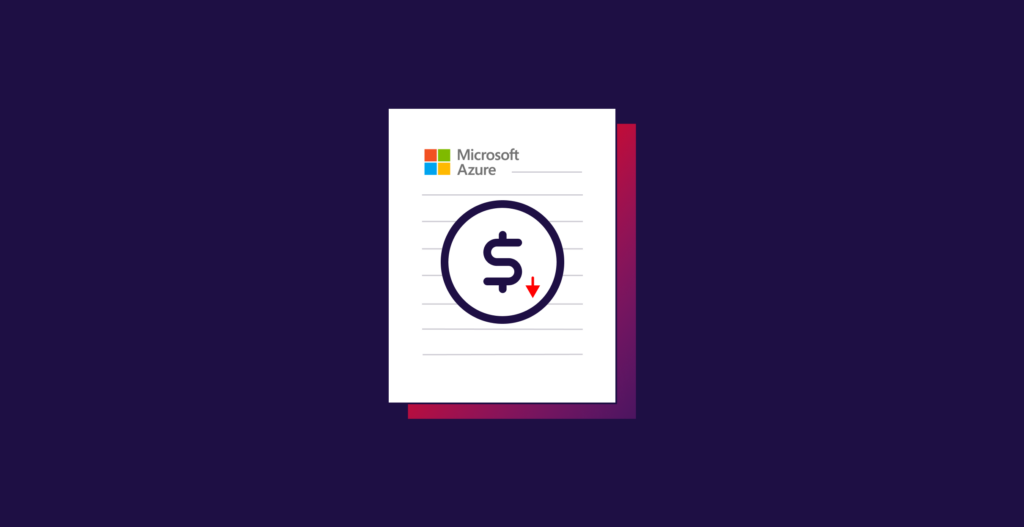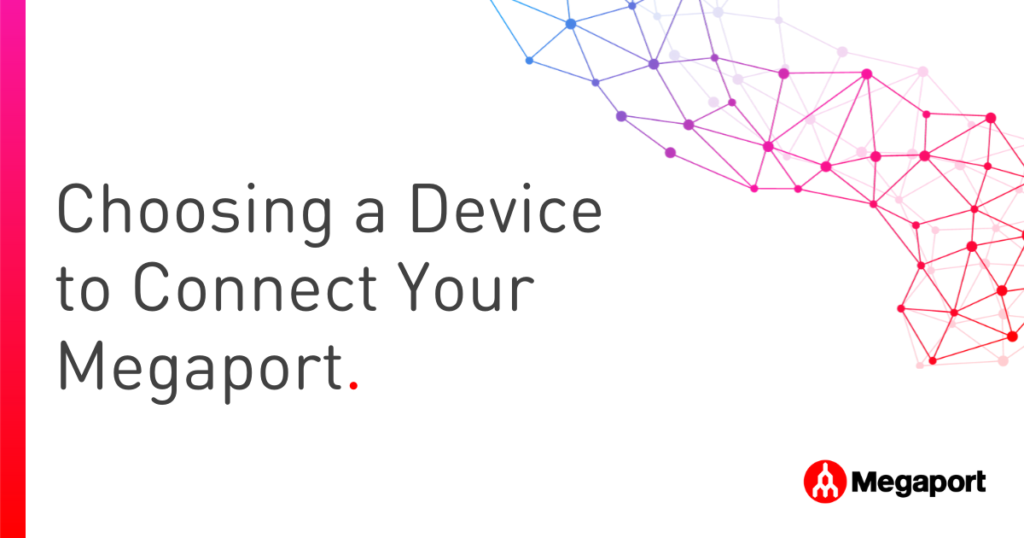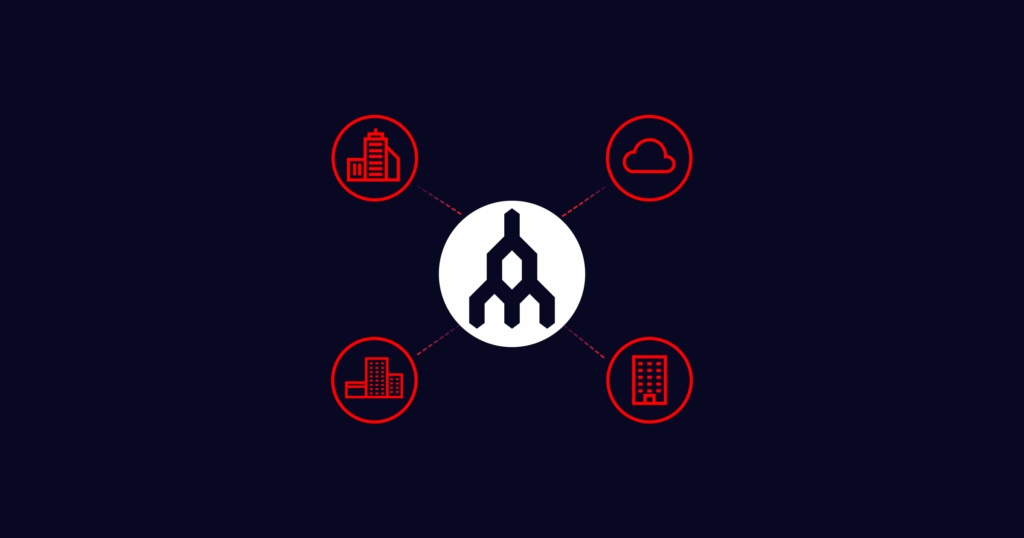
Four Easy Ways to Lower Your Microsoft Azure Egress Fees
- March 18, 2022
By Paul McGuinness, Head of Solutions Europe
If you’re a heavy user of the cloud, you’re no stranger to hefty monthly egress fees. Here are four ways you can reduce your egress fees when using Microsoft Azure.
If you’re a regular reader of our blog, you know we write about egress fees a lot; we’ve helped customers save tens of thousands of dollars per month on data transfer out of the cloud. Moving data from your on-premises environments to Microsoft Azure (“inbound” or “ingress”) is free, but the data transfer fees for pulling data out of Azure (“outbound” or “egress”), as you would in a typical hybrid cloud use case, can be quite hefty depending on how you connect.
The cost of egress data sent over the public internet in the US for Azure ExpressRoute starts at $0.025 per GB of data transferred . These egress fees are in addition to your monthly ExpressRoute port fees.
If you’re pushing terabytes of data through your ExpressRoute circuit, it’s easy to see how monthly egress fees can add up quickly and bust your IT budgets.
Here are four easy ways to lower your egress fees in Azure.
1. Choose to host low-data-transfer applications
One of the easiest ways to keep your egress costs in check is to choose to host applications in the cloud which don’t need to interact frequently with the on-prem portion of your hybrid cloud environment. Keeping data transfers low will mean lower egress fees.
Deploying hybrid cloud in a strategic way can keep your overall IT operations bill lower as well. In addition to lowering egress fees, you can save on compliance and use your existing infrastructure investments as opposed to having to invest in new hardware.
2. Use on-demand private connectivity
Private connectivity is a surefire way to avoid exorbitant egress fees. The solution is simple: with a private circuit, you’re not paying the higher rates for data leaving the cloud—in this case, Azure—and traversing the public internet back to your on-prem infrastructure.
There are several ways to connect privately:
- You can purchase private cloud ports directly from your cloud provider. For Azure, you can purchase an ExpressRoute circuit; but if you’re using more than one cloud, you’ll have to purchase separate private circuits to each cloud.
- You can use the emerging set of Software-Defined Cloud Interconnection (SDCI) solutions offered by Network as a Service (NaaS) providers. They can supply private ports with Virtual Cross Connects (VXCs). VXCs are Layer 2 VLANs for interconnection to cloud services, including (but not limited to) Microsoft Azure.
- You can order a static private line from a carrier or ISP each time you need access to a new region, environment, or cloud provider. However, the problem with this method is that installations can take anywhere from 30 to 120 days to install, as often someone from the ISP has to physically do the installation.
Comparing Private Connectivity between AWS, Azure, and Google Cloud.
3. Use ExpressRoute Local for Microsoft Azure Private Peering
One of our favorite pieces of advice to give our customers is to use ExpressRoute Local whenever you can. While you need to pay egress data transfer fees on top of a Standard or Premium ExpressRoute circuit that gives you access to all Azure regions globally, you don’t have to pay those fees on top of your ExpressRoute Local circuit. The Local circuit is also more reasonably priced than the Unlimited Plan for Standard or Premium ExpressRoute circuits.
If you have large amounts of data to transfer over a private connection to an ExpressRoute peering location near your desired Azure regions, you can achieve big egress fee savings using ExpressRoute Local.
When to Use ExpressRoute Local for Microsoft Azure Private Peering
4. Using SDCI on your SD-WAN
Using SDCI with your SD-WAN solution to connect your branches to multiple clouds can reduce cloud data egress fee costs by up to 54% and network charges by up to 75% .
Reducing reliance on your WAN data traversing the public internet is the key to realizing these cost savings. Enterprises can use an SDCI solution like Megaport Virtual Edge (MVE) to host virtual instances of their SD-WAN appliances closer to their network edge. In short, SDCI allows enterprises to bridge the WAN edge and the cloud edge with private connectivity, so data doesn’t have to exit the cloud into the public internet.
MVE can aggregate your branch traffic and move it quickly out of your numerous IPsec tunnels and through our global, private backbone network, optimizing middle- and last-mile connectivity to Azure.
Using on-demand private connectivity with your SD-WAN solution can save you lots of money on egress fees.


